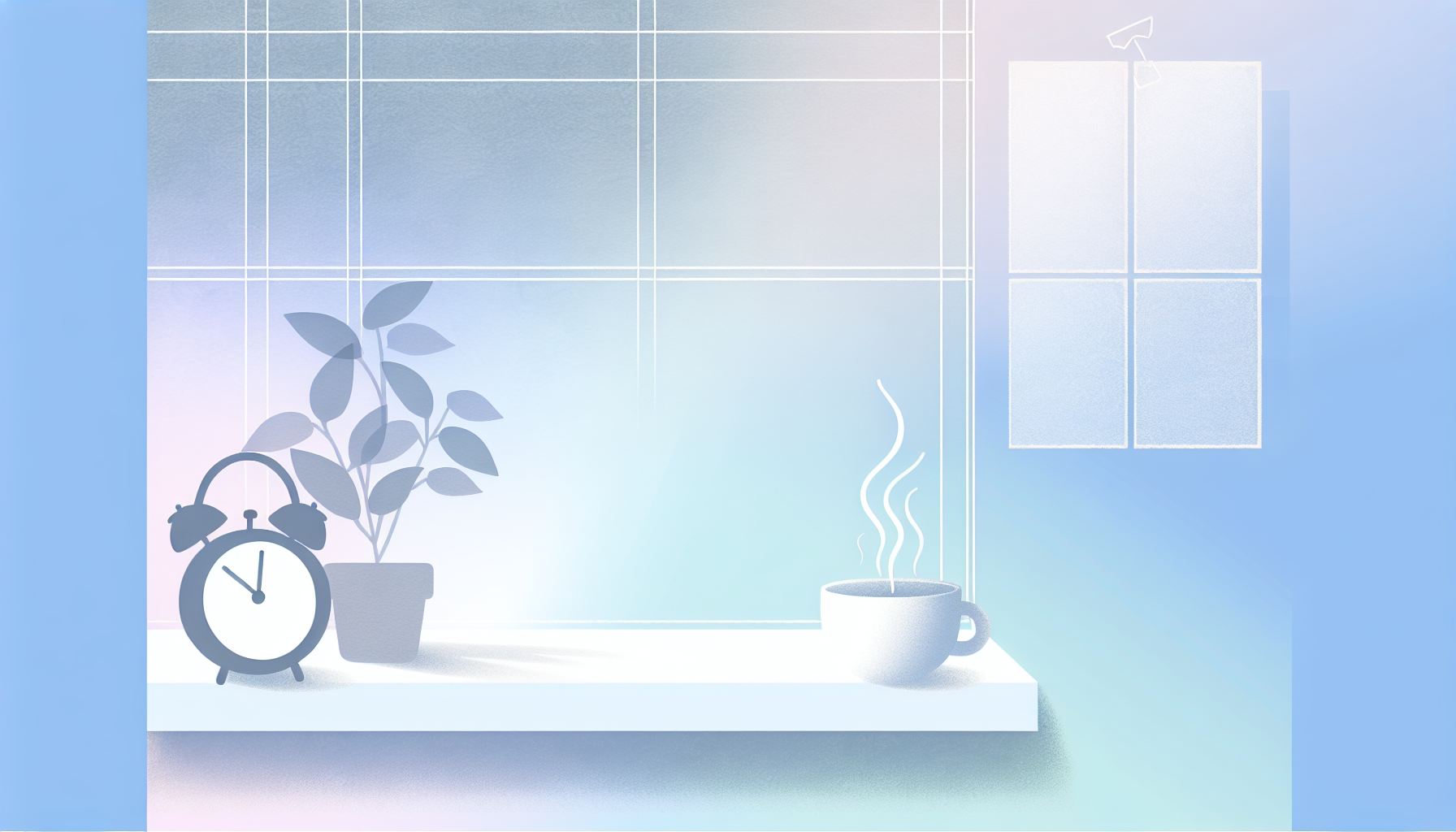Why Breathing Makes Anxiety Worse (How To Fix It)

Why Breathing Makes Anxiety Worse
Introduction
Why Breathing Makes Anxiety Worse. Breathing is an automatic function that we often overlook, yet it significantly impacts our mental and physical well-being. Interestingly, your breathing techniques might be contributing to your anxiety rather than alleviating it. But don’t worry—there are ways to harness breathing for anxiety relief and stress reduction. Let’s explore why improper breathing can exacerbate anxiety and how diaphragmatic breathing can provide a solution.
The Link Between Breathing and Anxiety
Have you ever found yourself in a stressful situation and noticed your heart racing and breathing becoming shallow? This is your body’s natural response to stress, often referred to as the “fight or flight” response. Shallow breathing can limit the oxygen intake, sending signals to your brain that something is amiss. Over time, this method of breathing can become habitual, creating a feedback loop that perpetuates anxiety symptoms.
How Improper Breathing Aggravates Anxiety
Improper breathing primarily involves shallow or rapid breathing patterns that do not engage the diaphragm fully. This type of breathing can increase feelings of lightheadedness and dizziness—common anxiety symptoms that can intensify the condition. Moreover, it can elevate carbon dioxide levels in the blood, making you feel fatigued and sluggish.
Benefits of Diaphragmatic Breathing
Why Breathing Makes Anxiety Worse. Diaphragmatic breathing, also known as “belly breathing,” engages the diaphragm—a large muscle located at the base of the lungs. This technique promotes better oxygen intake and helps lower heart rate and blood pressure, fostering a state of relaxation. By consciously practicing diaphragmatic breathing, you send calming signals to your nervous system, effectively reducing anxiety levels.
Step-by-Step Guide to Diaphragmatic Breathing
1. Find a Comfortable Position
Start by sitting or lying down in a comfortable position. Ensure your shoulders, head, and neck are relaxed. You can place one hand on your chest and the other on your abdomen for better control.
2. Inhale Deeply Through Your Nose
As you inhale, focus on letting your abdomen expand instead of your chest. This indicates that your diaphragm is being engaged. Feel your diaphragm move as you take deep, steady breaths.
3. Exhale Slowly Through Your Mouth
Why Breathing Makes Anxiety Worse. Exhale slowly through your mouth, feeling your abdomen contract. Visualize tension and stress reduction with each exhalation. Aim to make your exhalation longer than the inhalation for added relaxation.
4. Practice Regularly
Consistency is key. Practice diaphragmatic breathing for a few minutes daily to retrain your breathing habits and enhance your ability to manage anxiety.
Technology and Breathing Techniques
Thanks to technology, various apps and gadgets are designed to help guide users through breathing techniques. These tools can be particularly useful for beginners or those looking to improve their meditation and relaxation practices. Apps like Calm or Headspace offer guided diaphragmatic breathing exercises tailored for anxiety relief.
Conclusion
Breathing is a powerful tool often underestimated in its ability to alleviate anxiety. By understanding the significance of proper breathing techniques and integrating diaphragmatic breathing into your daily routine, you can manage anxiety more effectively. Remember, overcoming anxiety doesn’t happen overnight, but each mindful breath brings you a step closer to a calmer, stress-free life.
👉 For more insights, visit the ClayDesk Blog: https://blog.claydesk.com




